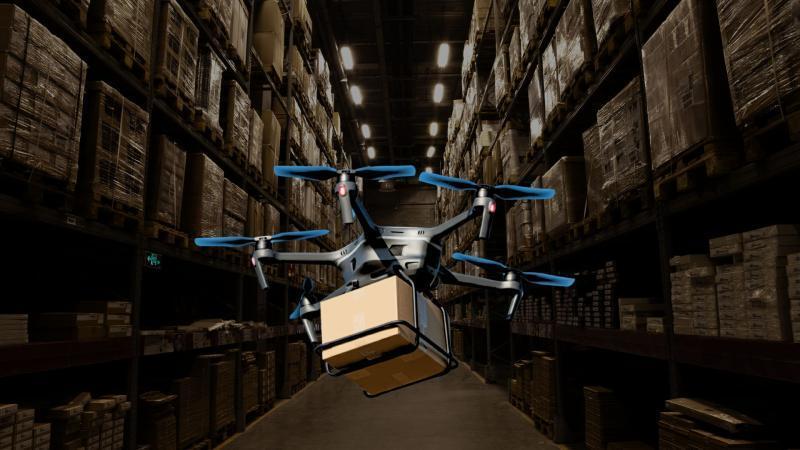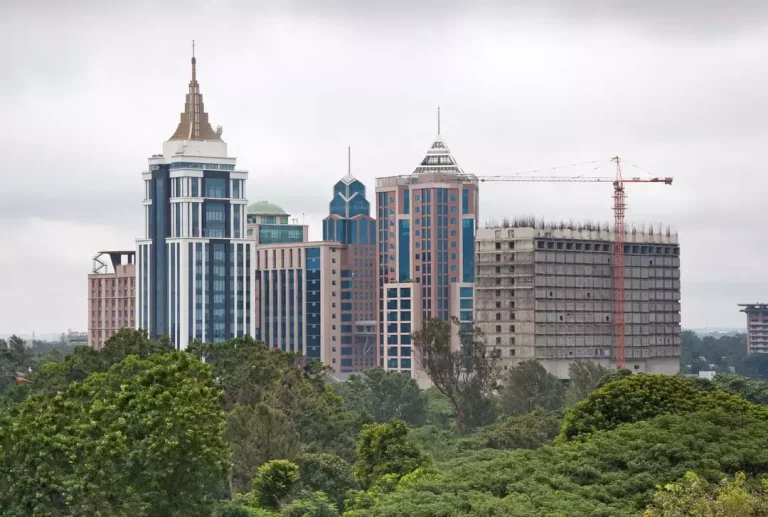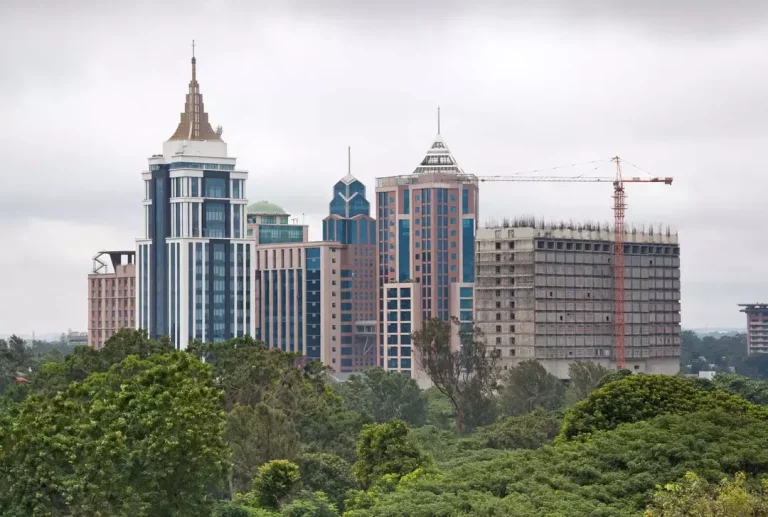
New Tech Optimizes Drone Fleets for Faster, Greener Deliveries
Imagine your packages arriving at your doorstep faster, with a significantly reduced environmental footprint. This is no longer a distant reality, thanks to innovative research that addresses the Drone Warehouse Problem, a crucial logistics challenge. With the rise of e-commerce, the need for efficient and sustainable last-mile delivery solutions has never been more pressing. Now, a novel algorithm has been developed to optimize drone delivery schedules, enabling warehouses to efficiently manage varied drone fleets and ensure parcels reach their destinations quickly.
The Drone Warehouse Problem
As drones become increasingly popular for last-mile delivery, warehouses are facing a significant challenge. Managing a fleet of drones, each with its unique capabilities and limitations, requires a sophisticated approach. The Drone Warehouse Problem arises from the need to coordinate and optimize drone schedules to ensure timely and efficient delivery. This is particularly challenging when dealing with diverse drone fleets, each capable of carrying different payloads and traveling at varying speeds.
The Traditional Approach
In the past, warehouses have relied on manual scheduling and static routing algorithms to manage their drone fleets. These methods are often inefficient and lack the flexibility to adapt to changing circumstances. For instance, if a drone is unable to take off due to weather conditions or technical issues, traditional algorithms may not be able to adjust the schedule in real-time.
The Novel Algorithm
Researchers at [Research Institute] have developed a novel algorithm that tackles the Drone Warehouse Problem head-on. This algorithm, dubbed the “Drone Fleet Scheduling Algorithm” (DFSA), uses machine learning and advanced optimization techniques to optimize drone delivery schedules. The DFSA takes into account various factors, including:
- Drone capabilities and limitations
- Payload capacity and weight
- Weather conditions and air traffic control restrictions
- Traffic patterns and road congestion
- Delivery time windows and customer preferences
The algorithm uses a combination of genetic algorithms and simulated annealing to optimize the drone schedules, ensuring that the most efficient route is taken while minimizing delays and environmental impact.
Benefits of the Algorithm
The DFSA offers several benefits for warehouses and customers alike. By optimizing drone delivery schedules, warehouses can:
- Reduce delivery times by up to 30%
- Improve the overall efficiency of their drone fleets
- Minimize the number of drones required, resulting in cost savings
- Enhance customer satisfaction through timely and reliable deliveries
For customers, the algorithm means:
- Faster delivery times, with packages arriving at their doorstep sooner
- Increased reliability, with reduced chances of delays or missed deliveries
- A reduced environmental impact, thanks to more efficient drone operations
Scalable and Sustainable
The DFSA is designed to be scalable and adaptable, making it an ideal solution for warehouses of all sizes. As the demand for drone deliveries continues to grow, the algorithm can easily be integrated into existing logistics systems, allowing warehouses to optimize their operations and reduce their environmental footprint.
The Future of Last-Mile Delivery
The development of the DFSA marks a significant milestone in the evolution of last-mile delivery solutions. As the world continues to grapple with the challenges of e-commerce, this innovative algorithm offers a practical and sustainable solution for the logistics industry. With its ability to optimize drone delivery schedules and reduce environmental impact, the DFSA is poised to revolutionize the way we receive our packages.
Source:
https://researchmatters.in/news/novel-algorithm-tackles-drone-warehouse-problem-faster-deliveries






